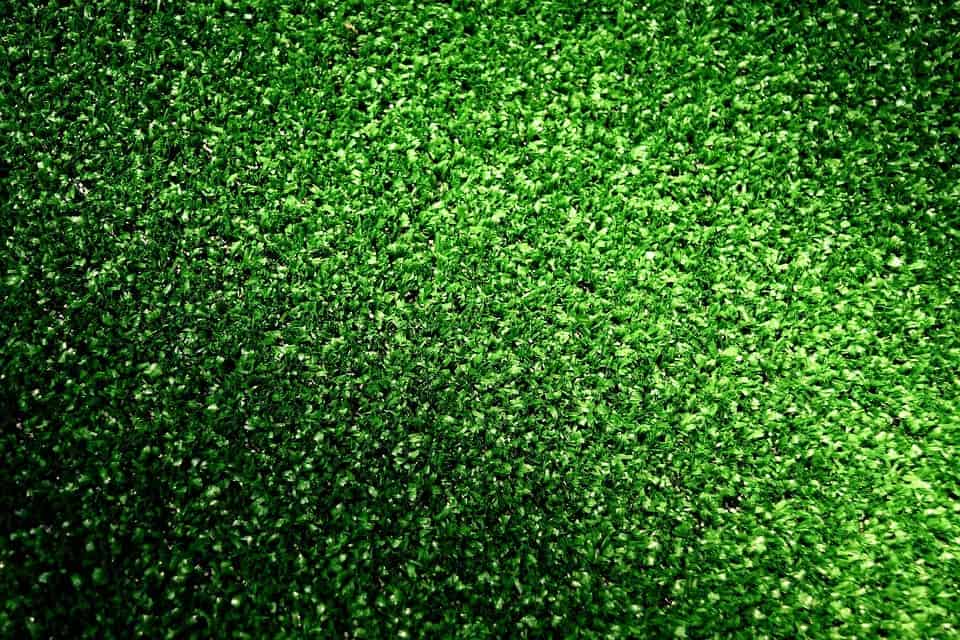Tapwater in cities from around the world is littered with microplastics, new research has found.

Researchers analyzed tapwater samples from over a dozen countries around the globe and their finding are quite alarming: 83% of all samples were contaminated with plastic microfibers, raising concerns about the risk they pose to public health.
Bottoms up!
The team looked at 159 samples of tapwater obtained from countries on all continents. The analysis was performed at the University of Minnesota’s School of Public Health and used a standard technique to eliminate contamination from other sources.
Contamination was most severe in the US, where 94% of samples were contaminated with plastic fibers — including those obtained from Congress buildings, the Trump Tower in New York, even in tapwater sourced from the Environmental Protection Agency’s headquarters. Lebanon and India had the second highest contamination rate, the team reports, with Europe showing the lowest levels of tapwater plastic pollution. Still, water was far from pristine here — countries like the UK, Germany, and France had a contamination rate of around 72%. On average, the researchers found 4.8 (in the US) to 1.9 (in Europe) plastic fibers per each 500ml sample analyzed.
So what do these findings mean? Well for starters it shows just how ubiquitous plastic has become in the Anthropocene. In the city of Beirut, Lebanon, where the water supply is drawn entirely from natural springs, 94% of the samples collected by the team were contaminated. Even a few of the samples of US bottled water the team tested were contaminated with microplastics — indicating that not tap water is the problem. The pollution is so pervasive because it’s virtually impossible for ecosystems to break down plastic. Finding it in the water we drink just goes to show that we’ve dumped so much of the stuff, and so irresponsibly, that it’s been able to overload the natural and artificial filtration systems we’ve relied on for so long.
Secondly, it means that we’re taking in a lot more plastic than we’ve believed. Previous research on ocean pollution suggested that people were eating microplastics via contaminated seafood — but to be fair, most of us don’t eat seafood that often. We do use tapwater every day, however, either for cooking or drinking.
This is the worst thing here, especially since we know that microplastics don’t do us any good but we don’t know exactly what their effect on the human body is — so we don’t know how to counteract their effects.
“We have enough data from looking at wildlife, and the impacts that it’s having on wildlife, to be concerned,” said Dr Sherri Mason, a microplastic expert at the State University of New York in Fredonia, who supervised the analyses for Orb Media. “If it’s impacting [wildlife], then how do we think that it’s not going to somehow impact us?”
What we do know is that microplastics are dangerous for two reasons (as far as we can tell): first because of their size, and secondly because they’re pretty porous and can soak up dangerous chemicals or make comfy homes for pathogens. This study looked at particles over 2.5 microns (2,500 nanometers) in size. Finding such fibers in tapwater likely means that there’s even smaller bits of plastic — plastic nanoparticles — in there, too. Those at the nanometer range can directly interact with and penetrate into cells. Over time, this can lead to plastic build-ups in our organs.
These particles can also act like minute Trojan horses. Past research has shown that microplastics downstream of wastewater treatment plants can harbor a lot of pathogens. Research on wild animals such as fish has also revealed that microplastic-borne toxic chemicals are readily released in the digestive tract, and then pass into the body. Even taken separately these risks are worrying but put them together and microplastics definitely reach the higher ends of the “Not Good” chart.
The research doesn’t offer an explanation of how microplastics got in our drinking water, only that they’re there. One likely source is the atmosphere. The everyday wear and tear of clothes and other fabrics releases such fibers into the air, which get collected via rainwater into the ocean. Tumble dryers are another potential source, with almost 80% of US households having dryers that usually vent to the open air, and washing machines are another likely culprit. But with some 300 million tons of plastic produced each year, and a mere 20% of that recycled or incinerated, there’s no shortage of plastic to find its way into the environment.
“This research only scratches the surface, but it seems to be a very itchy one,” said Hussam Hawwa, at the environmental consultancy Difaf, which collected samples for Orb.
“We are increasingly smothering ecosystems in plastic and I am very worried that there may be all kinds of unintended, adverse consequences that we will only find out about once it is too late,” said Prof Roland Geyer, from the University of California and Santa Barbara, who led the study.
All things considered, plastics aren’t going anywhere. Our lives can’t stay the same without them. But it’s past time we became more responsible with how we manage plastic after it’s done its job.
You can read the full report “Invisibles: The plastic inside us” on Orb Media’s website.






